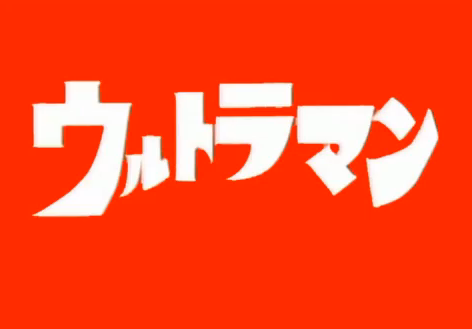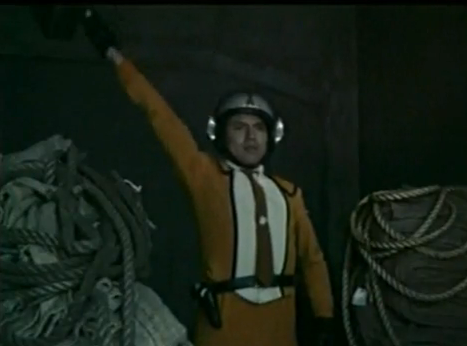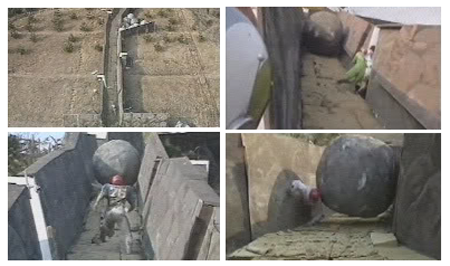Ultraman was a Filipino dubbed super hero kids show which aired in ABS-CBN around the early 90s. Ultraman (Urutoraman) was a Japanese tokusatsu television series following up to the television series Ultra Q. Ultraman was was produced by the Tokyo Broadcasting System and Tsuburaya Productions, and was broadcast on Tokyo Broadcasting System (TBS) from July 17, 1966 to April 9, 1967, with a total of 39 episodes. Let's go down memory lane and reminisce that original Super Hero Giant Alien, Ultraman.

Ultraman - The Story
Ultraman Series Plot
Ultraman is set on the near future when sinister aliens and giant monsters constantly threaten civilization during the said period. The only Earth organization equipped to handle these disasters is the Science Special Search Party also known as S.S.S.P. (SSSP), a special worldwide police force equipped with high-tech weapons and vehicles, as well as extensive scientific and engineering facilities. The branch of the Science Patrol that is focused on in the series is located in Tokyo, Japan. Led by Captain "Cap" Toshio Muramatsu, the Science Patrol is always ready to protect the Earth from rampaging monsters, but sometimes it finds itself outclassed. When the situation becomes desperate, Shin Hayata, the Patrol's most capable member, holds the key to salvation in the form of a power-object and artifact called the "Beta Capsule," which, whenever activated, allows him to transform secretly into the super-humanoid-powered giant from space, who becomes known to the people of Earth as Ultraman.
Despite Ultraman's many amazing powers, Ultraman has one main weakness. Since Earth's atmosphere leeches away his solar energy, Ultraman can only physically exist on Earth for approximately three to five minutes of Earth time. To signal this, a warning light in Ultraman's chest (called the Color Timer) starts out at blue. At the 1 minute mark it starts to blink, and then turns red and blinks faster at the two minute mark. If the Color Timer/warning light stops, Ultraman will "never rise again." Obviously, at whatever point the blinking begins, Ultraman typically has only a short amount of time left to defeat his foe and return to his human host. However, Ultraman has occasionally been able to extend his operating time by flying towards the Sun and "recharging."
Ultraman remains until the threat is neutralized and then flies away to revert back to Hayata. Ultraman's victory is never assured, however, as Ultraman's powers and, indeed, his very life force, come from rapidly depleted, stored solar energy. At the beginning of each transformation from Hayata-to-Ultraman, the "warning light" on the giant's chest begins as a steady blue color. Yet as Ultraman exerts himself, the "Color Timer," as it is also called, turns red, then blinks--slowly at first, then with increasing rapidity--as his energy reserves get closer to exhaustion.
Ultraman Opening Theme
Ultraman Series Intro
Check out additional footage and fan-made opening for Ultraman.

Ultraman holds a special place in my childhood memory. Before all my fascination with other tokusatsu and super sentai series of the 90s, there was first the Ultraman. Although I vaguely remember the schedule of the show, what I do remember is watching it together with father. I usually mimicked the Ultra moves and finishers ala Crayon Shinchan. I also vaguely remember getting creep out with certain scenes and monsters from the series as they are not the usual "child-friendly" images that you use to see here in the Philippines.

How about you guys, what was the Ultraman series to you? Any favorite episode, scene, merchandise, or monstres of Ultraman? Share them along with your thoughts about the Original Ultraman in the comments section below:







